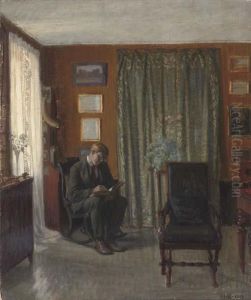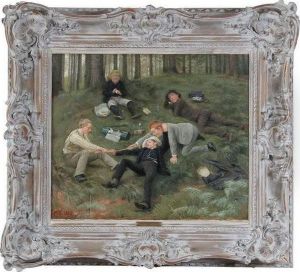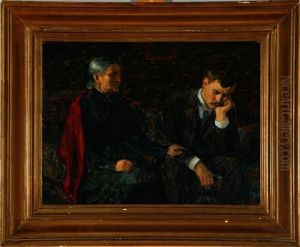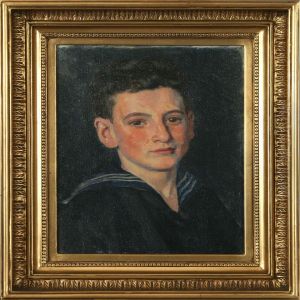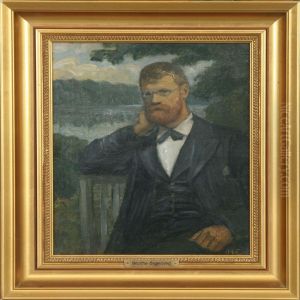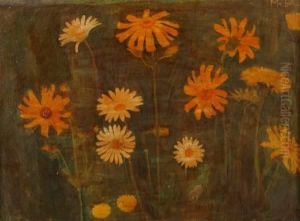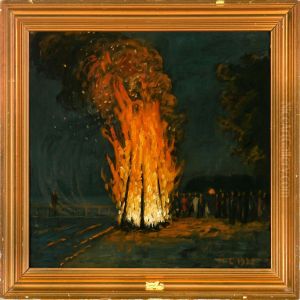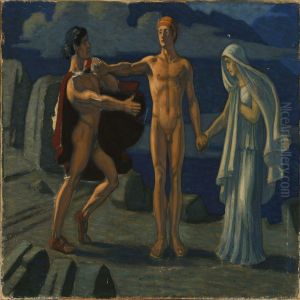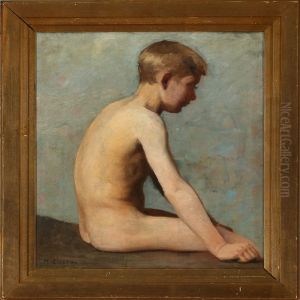Malthe O. Engelsted Paintings
Malthe Odin Engelsted, often simply known as Malthe Engelsted, was a Danish painter and graphic artist born on August 13, 1867, in Copenhagen, Denmark. Engelsted was the son of Carl Edvard Marius Engelsted, a well-known Danish architect, which likely influenced his early exposure to the arts. He studied at the Royal Danish Academy of Fine Arts in Copenhagen, where he honed his skills in painting and became part of the vibrant Danish art scene of the late 19th and early 20th centuries.
Engelsted's work was primarily influenced by the Naturalist movement, which was prevalent during his formative years as an artist. This movement was a reaction against the styles of Romanticism and sought to depict the world with a more realistic approach. Engelsted's genre included landscapes, still lifes, and portraits, with a particular emphasis on capturing the subtle nuances of light and color in his depictions of the Danish countryside.
Throughout his career, Malthe Engelsted exhibited his works at various venues, including the Charlottenborg Spring Exhibition, which was a significant platform for Danish artists. His art was well-received, and he gained a reputation for his detailed and sensitive portrayals of nature and rural life. Despite his success, Engelsted's work remains less well-known internationally compared to some of his contemporaries.
Engelsted’s artistic output was not limited to painting; he also had an interest in graphic arts and book illustrations. His illustrations often appeared in books and periodicals of the time, further showcasing his versatility as an artist. In addition to his artistic pursuits, Engelsted took an active role in the art community, participating in the discussions and debates that shaped the cultural landscape of Denmark during his lifetime.
Malthe Engelsted passed away on November 3, 1950, in Denmark, leaving behind a body of work that continues to be appreciated by those interested in Danish art of the period. His paintings can still be found in Danish museums and collections, where they stand as a testament to his skill and dedication to the Naturalist aesthetic.
